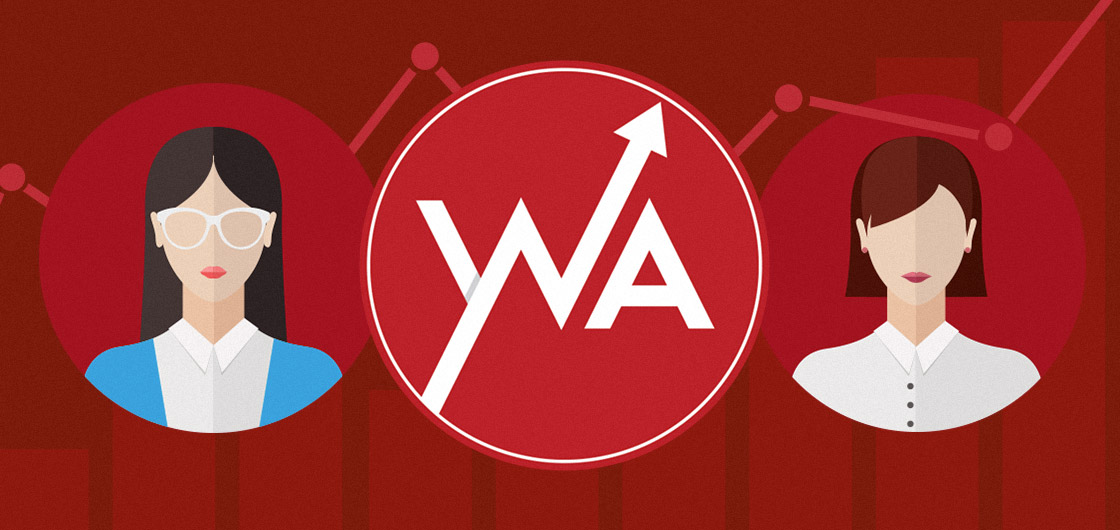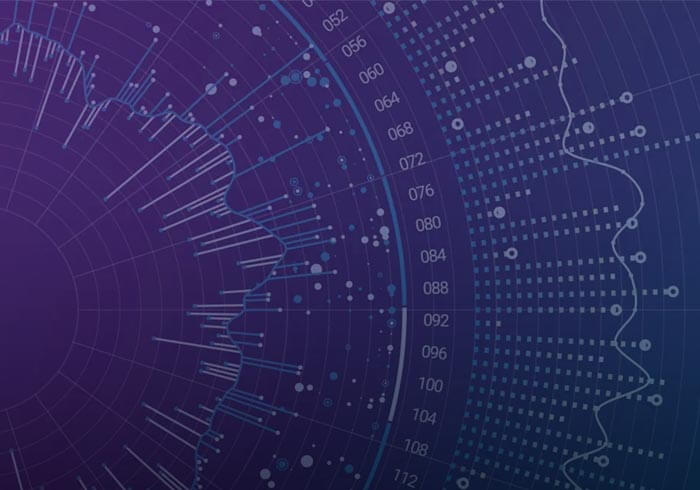Analytics Blog

2018 Women In Analytics Conference Recap
“…within one year, attendees of a conference for women were twice as likely to be promoted.” Click & Tweet!
A few weeks ago, an article on The Harvard Business Review shared the fascinating outcome of a study, which indicated that “within one year, attendees of a conference for women were twice as likely to be promoted.”
My first thought was, “Really? But How?”
Luckily, I was already signed up for the Women In Analytics 2018 Conference and was about to experiment with that statement myself. I was eager to see how attending a conference for women would affect me, both personally and professionally.
Attending the WiA 2018 conference in Columbus, Ohio was indeed an enjoyable and inspiring experience. I learned a lot and each session had a great story behind it. Impactful stories are the best way for me to learn.
Still wondering how the conference would help me advance, it became clearer and clearer as the day progressed.
Inspired to Revisit My Career Path
I found myself subconsciously starting to revisit and plan my career path, including identifying:
- What I already knew
- What I needed to learn next
- What I should focus on
- What skills I still need to work on
Without even thinking about it, that article’s theory was already working; and with each session, the path became clear.
Here’s a quick snapshot of how that path developed as the day went on, and why I know these conferences are important for everyone to attend at some point in their career.

Stories that Inspired Me
Step 1: Rediscovering My Path
The conference opening speaker, Robin Davies from Ford Motors, told the story of Ford’s journey to build and sustaining enterprise analytics; and how it transformed their “motor business” to stay strong in the markets where Uber, Lyft and public transportation are widely accessible.
Their transformation took three years, and the result was a centralized data and analytics practice across the organization. She explained how previously a Ford owner was just a name in the database, and if someone bought a van, he would get advertising for a mustang the week after.
Now, every Ford owner is a rich profile with integrated details. This enables them to implement targeted marketing to send relevant content, allowing them to gain the competitive advantage and improve results.
![]() My path re-discovered: This made me think about the clients that I work with on a daily basis, and how we enable them to see those rich details. Reassuring me that I’m on the right track when I work on tying the analytics solutions I implement to the overall objectives and goals of the organization.
My path re-discovered: This made me think about the clients that I work with on a daily basis, and how we enable them to see those rich details. Reassuring me that I’m on the right track when I work on tying the analytics solutions I implement to the overall objectives and goals of the organization.
Step 2: Refining My Path
The next stop was with healthcare, and a medical doctor who turned to analytics after being inspired by her mother.
“…wished that data warehouses for medical records across doctors, hospitals, etc. were available to help doctors diagnose faster, and more accurately, to save lives.” Click & Tweet!
Her mother went to college and became a computer scientist after having her children, and completed a 20 year career in software engineering. Dr. Karen Amstutz shared how Artificial Intelligence (AI) now plays a major role in medical diagnosis, and how Digital Therapeutics such as health apps proved to be better in treating insomnia and depression than pills in clinical studies.
Not only are these apps a fraction of the cost of pills, but they’re also lower risk and are more effective since they work by promoting lifestyle or dietary changes, and working with a coach.
These apps collect actionable data about the patient and will adjust the treatment plan as it learns the behavior of the patient. For example, Clickotine is an app that helps smokers quit, and it showed promising results through initial clinical trials.
She also shared her stories about the ER and how she wished that data warehouses for medical records across doctors, hospitals, etc. were available to help doctors diagnose faster, and more accurately, to save lives.
This is an initiative that is still in the works, as hospitals continue to have medical records living in silos. That means that there is no way for one hospital to access the patient history if they were treated previously elsewhere, unless the patient tells the doctors themselves, which still doesn’t include all the lab results and full diagnosis information.
![]() My path, refined: Centralized data and using standards made more sense. When I implement analytics solutions, I will make sure that data is interoperable and integrated with other data to increase the impact by minimizing manual processes and easing data management. Learning new skills and standards from our data governance experts at Blast will provide the right alignment for data collection and implementations.
My path, refined: Centralized data and using standards made more sense. When I implement analytics solutions, I will make sure that data is interoperable and integrated with other data to increase the impact by minimizing manual processes and easing data management. Learning new skills and standards from our data governance experts at Blast will provide the right alignment for data collection and implementations.
Step 3: Affirming My Path
The discussion panel about Innovative Applications of AI included ladies from the healthcare and academic field. It was very enlightening to see the strategy shift to focus analytics efforts on building tools rather than just delivering reports.
The key takeaway from the panel was when one of the panelists, Joy Kenyon, said, “AI forces us to re-skill and re-tool and change the way we do our jobs.” This is in response to how many people fear that AI will replace people and cause them to lose their jobs.

“AI forces us to re-skill and re-tool and change the way we do our jobs” — Joy Kenyon Click & Tweet!
![]() My path, affirmed: I love how at Blast we’re building tools and not delivering reports, helping organizations make better and faster decisions, and then take action through self-serve analytics.
My path, affirmed: I love how at Blast we’re building tools and not delivering reports, helping organizations make better and faster decisions, and then take action through self-serve analytics.
Step 4: Defining My Path
My favorite session was the “Identifying Data Science Opportunities for Non-Data Scientists.”
“data scientists currently spend 60% of their time cleaning up the data instead of analyzing it” Click & Tweet!
As I’m not a data scientist yet, I was curious to learn about this, and I did acquire a lot of knowledge in just 40 minutes! Both presenters Lisa Gardner and Doreen Luke were not data scientists, and had long experience working with data scientists to enable them to get the right data for valuable insights.
They described how data scientists currently spend 60% of their time cleaning up the data instead of analyzing it. Showing a big gap in how data is collected and how analytics tracking systems are implemented.
![]() My path, defined: This inspired me to use my strength in analytics implementations and capitalize on my knowledge of eCommerce applications to contribute to the data scientist role. This will ensure that the relevant metrics are collected at the right quality to enable organizations to turn their data into insights and actions, and in turn, EVOLVE!
My path, defined: This inspired me to use my strength in analytics implementations and capitalize on my knowledge of eCommerce applications to contribute to the data scientist role. This will ensure that the relevant metrics are collected at the right quality to enable organizations to turn their data into insights and actions, and in turn, EVOLVE!
Inspired by Women in Analytics Making an Impact
Seeing all these women doing great things with data and analytics was indeed inspiring! Hearing their great stories, and how they made their impact in different sectors and industries, made me feel proud to be a part of the Women in Analytics community.
In fact, I am inspired to harness my strength and realize that I too will make my mark!








